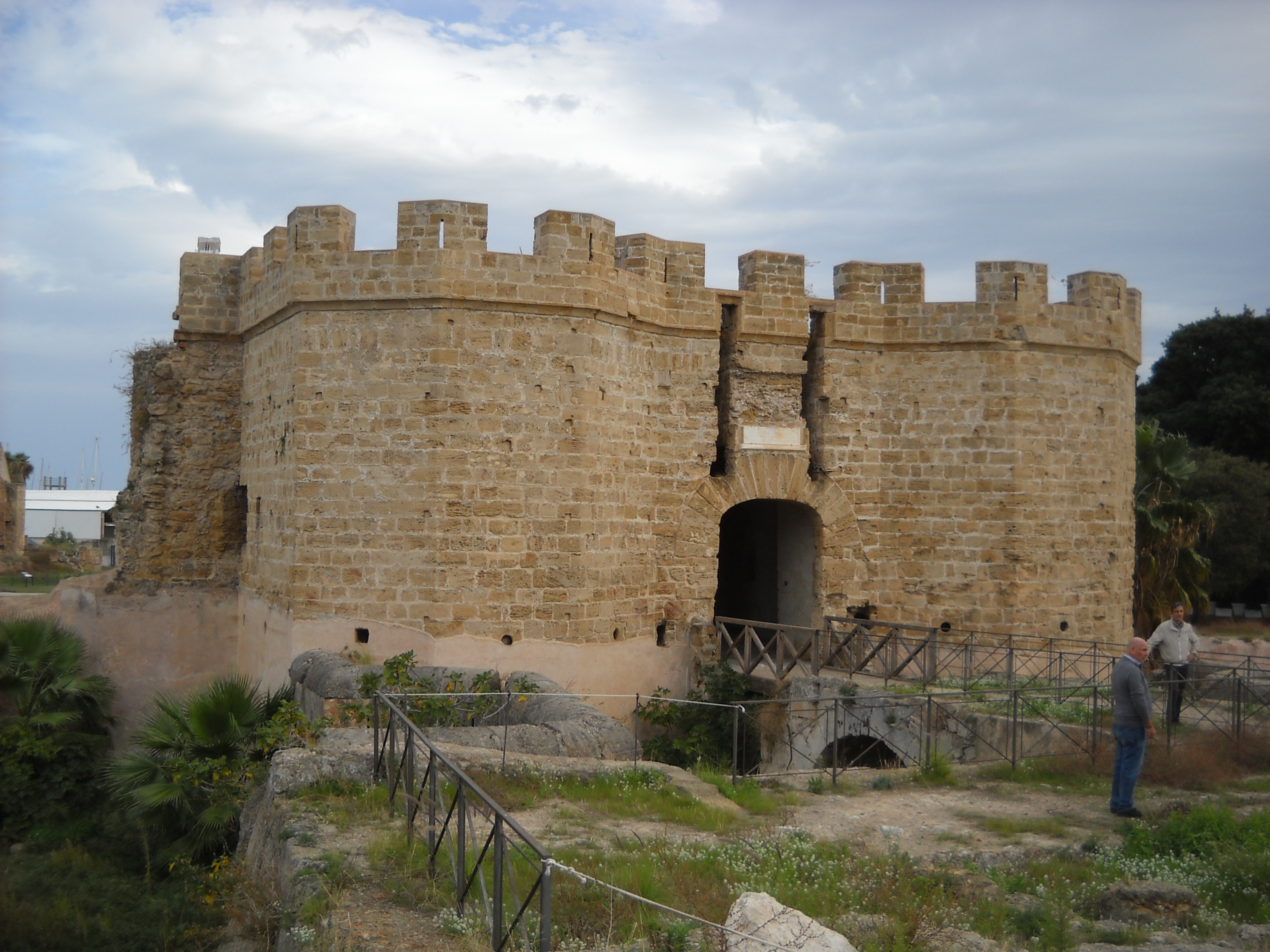Eleanor De Moura on:
[Wikipedia]
[Google]
[Amazon]
Eleanor de Moura (, it, Eleonora de Moura; – 28 November 1706) was a Spanish noblewoman of the 17th and 18th centuries, notable for serving as Viceroy of Sicily for one month in 1677.
 Her father was
Her father was
 Her father was
Her father was Francisco de Moura Corte Real, 3rd Marquis of Castelo Rodrigo
Francisco de Moura Corte Real, 3rd Marquis of Castelo Rodrigo (13 December 1621 – 26 November 1675) was a Portuguese nobleman who served as Viceroy of Spanish Sardinia and Governor of the Spanish Netherlands.
Life
Francisco de Moura was ...
and her mother was Anna Maria Moncada y Aragón. Her father had served as a viceroy of Sardinia and Catalonia, and later as governor of the Habsburg Netherlands. In 1664 Leonor married Aniello (Angelo) de Guzmàn Carafa.
When Eleanor's father died in 1675, she inherited his title of Marquise of Castel Rodrigo and Duchess of Nocera. In 1676 Aniello was named interim Viceroy of Sicily and so the couple moved into Castello a Mare, Palermo
Palermo ( , ; scn, Palermu , locally also or ) is a city in southern Italy, the capital (political), capital of both the autonomous area, autonomous region of Sicily and the Metropolitan City of Palermo, the city's surrounding metropolitan ...
. When Aniello died on 18 April 1677, he named his widow his successor in a letter. She was sworn in before the Royal Ministers and quickly passed a large number of progressive reforms:
*re-establishing the ''Conservatorio per le Vergini pericolanti'' (collegium for endangered girls), such as girls (especially orphans) who were vulnerable to exploitation and at risk of prostitution
*offering a royal dowry so poor girls could marry
*re-establishing an asylum for older prostitutes
*establishing the ''Conservatorio delle Ripentite'' (Collegium of the Penitents), to help prostitutes who wanted to give up their profession.
*cutting taxes on men with large families
*lowering the price of bread
*establishing the Magistrate of Commerce
Eleanor's actions earned her the opposition of the established power-brokers of Sicily, and they were able to force her out by pointing out that the Viceroy was also the papal legate
300px, A woodcut showing Henry II of England greeting the pope's legate.
A papal legate or apostolic legate (from the ancient Roman title ''legatus'') is a personal representative of the pope to foreign nations, or to some part of the Catholic ...
, a role that could not be fulfilled by a woman; she was dismissed, and a law was passed forbidding the viceroy from passing his role on to his wife.
Eleanor returned to Spain; in 1679 she married Carlos Homo-Dei Lasso de la Vega, second Marquis of Almonacid de los Oteros, Superior Commander of the Military Order of Christ. They had one son, who died young. When she died in 1706, her titles went to her sister Juana.
Cultural depictions
Eleanor's story is retold in the 2013 Andrea Camilleri novel ''The Revolution of the Moon''.References
{{reflist 1707 deaths 17th-century women politicians 17th-century Spanish women 17th-century viceregal rulers 18th-century Spanish women Viceroys of Sicily